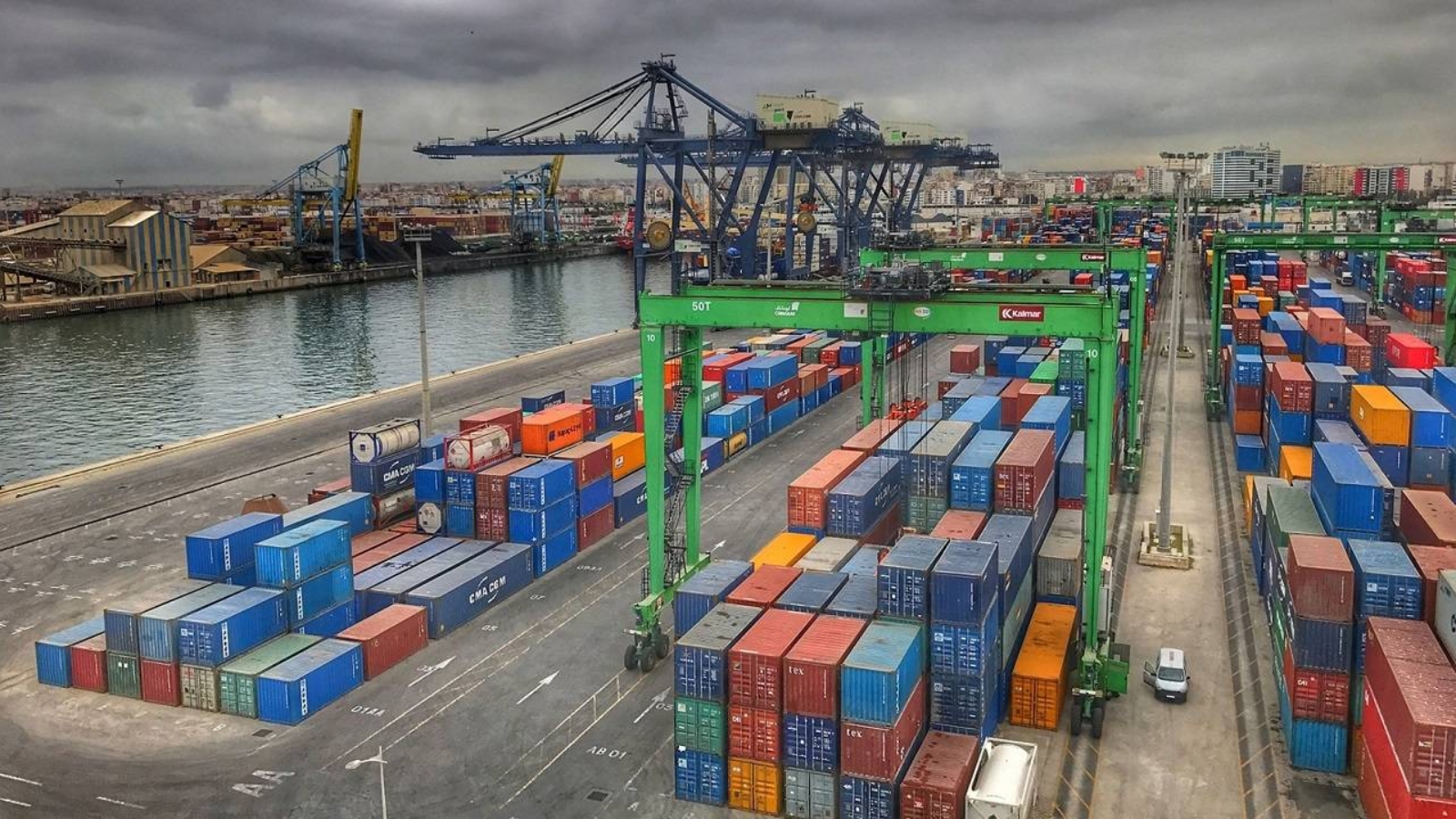Customs clearance is a critical process for importing goods into any country and involves several stages and procedures. Here’s a general overview of how customs clearance is carried out:
1. Document Registration and Submission
Registration of Import: The importer (usually traders or importing companies) must register their import with the customs terminal office and submit the required documents, including purchase invoices and shipping documents.
2. Document Review and Tax Payment
Document Review: Customs reviews the submitted documents to ensure that the information is correct and all regulations are adhered to.
Tax Calculation and Payment: Duties and taxes are calculated based on the type of goods and regulations, and these must be paid.
3. Physical Inspection and Content Verification
Physical Inspection: In some cases, customs may conduct a physical inspection of the goods to ensure that they match the submitted documents.
Content Verification: After inspection and verification, customs will allow the importer to release the goods from customs.
4. Issuance of Authorization and Delivery
Issuance of Authorization: Once final approval is given, customs issues an export authorization, allowing the delivery of goods to the importer.
Delivery of Goods: Finally, the goods are delivered to the importer, and the customs clearance process is complete.
Final Notes
The process may vary depending on the type of goods, country, and customs regulations. It is essential for each business to adhere to specific regulations and guidelines to avoid issues arising from non-compliance and to follow administrative orders correctly.


دیدگاه شما چیست؟